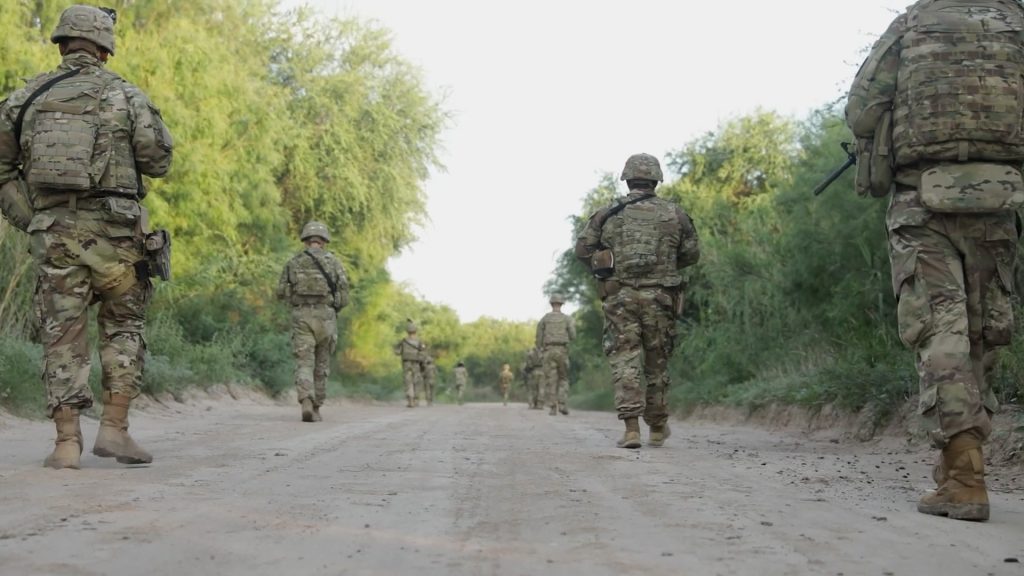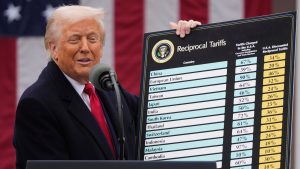Beyond the headlines: On the border with the US Army

The U.S. military has expanded its presence along the southern border, deploying thousands of troops to support border enforcement efforts in what officials have described as a critical national defense mission. Approximately 8,500 personnel from every branch of the armed forces were assigned to Joint Task Force–Southern Border under an emergency declaration issued by former President Donald Trump.
The deployment came amid heightened geopolitical tensions, including the recent dispatch of two U.S. submarines to undisclosed regions in response to Russian military activity.
Military presence at the border
In Nogales, Arizona, soldiers have operated in rugged terrain that resembles conditions in the Middle East. Troops have worked alongside U.S. Border Patrol agents, sharing command stations and vehicles.
“These vehicles here are United States Army Stryker vehicles,” said Lt. Col. Kyle Brown, Army battalion commander. “Our soldiers are using these vehicles as part of our mission to detect and monitor traffic attempting to cross the border.”
Brown emphasized that the mission differs significantly from combat operations overseas.
“You will see that there are no machine guns or anti-tank missiles while we are down here supporting Border Patrol,” he said. “We are using these vehicles almost exclusively for their cameras and their ability to traverse rugged terrain.”
A border spanning nearly 2,000 miles
The U.S.-Mexico border stretches 1,954 miles from the Pacific Ocean to the Gulf of Mexico. In April, several areas along the border were designated as militarized zones, allowing the Department of Defense to bypass the Posse Comitatus Act, which typically prohibits military involvement in civilian law enforcement.
This change authorized troops to apprehend individuals trespassing in these zones. The military also deployed advanced technology to deter illegal crossings, including Long Range Acoustic Devices (LRADs) and anti-drone systems.
“It broadcasts any tone or voice at a longer distance,” said Sgt. Ernesto Nevarez, describing the LRAD. “We use it to inform individuals that if they cross the barrier, they will enter our national defense area and be detained.”
Impact on border security
Border Patrol officials reported a significant drop in illegal crossings since the military’s expanded involvement. In July, agents arrested 4,598 individuals attempting to cross illegally — a 24% decrease from June’s record low, averaging just 148 arrests per day.
“The extra layer of security they bring has been crucial,” said Claudio Herrera, a Border Patrol agent. “We have seen the numbers suddenly decrease.”
For some soldiers, the mission carries personal significance.
“I came to the United States when I was 12 years old,” said Sgt. Ana Harker, originally from Panama City, Panama. “Being an immigrant doing this mission, I feel like I am making a difference and helping this country.”
What comes next?
Despite the drop in crossings, officials have not announced a timeline for withdrawing troops from the border. President Trump authorized funding for an additional 3,000 Border Patrol agents, including $10,000 signing and retention bonuses.
Access the full Weapons and Warfare episode here.
Access all Weapons and Warfare podcast episodes here.





